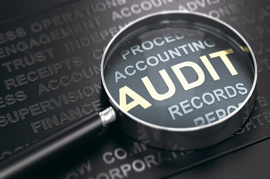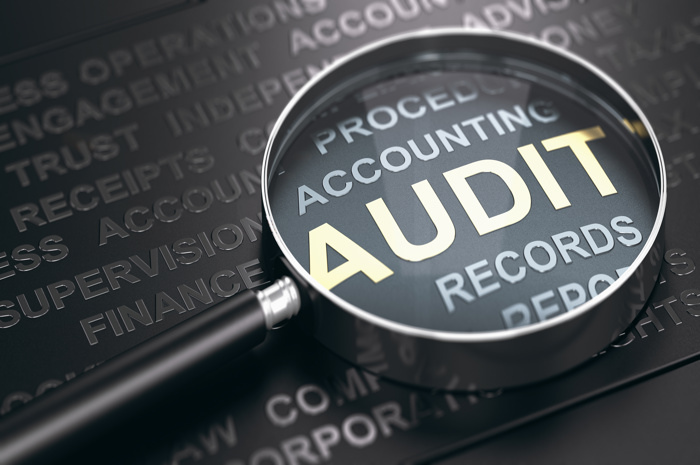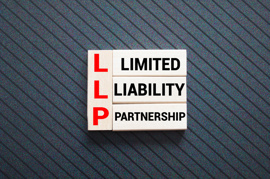What is Depreciation?
Depreciation is an accounting treatment used to reduce the value of an asset in the company's accounts over its useful life. It can help companies distribute the cost of the asset and align the depreciation expenses to the revenues within the same accounting period. This will allow you to truly understand the company's financial profitability.How do I calculate Depreciation?
As an example, we will consider that it is my first-year filing and I have a new fixed asset (e.g computer) that needs to be depreciated. The method I will be using is straight-line depreciation.3. Salvage value
(if any) – this is the ending value of the asset at the end of its life.
In the case of my computer, the cost was £1200 and it has a useful life of 3 and £0 salvage value.
Therefore, the depreciation charge is £400 and the fixed asset value to carry forward is £800. Please see below for calculations.

To enter this
into the Micro IXBRL accounts, enter the depreciation charge into the profit and loss statement under 'Other Expenses' in ‘Depreciation and Amortisation’ section (Box 2.7) and in the balance
sheet, enter the remaining value as £800 in 'Fixed Assets' (Box 3.1).
Now, as depreciation is a disallowable expense, it is important that you reflect this in the CT600. Head over to ‘CT600 Sections’ and switch on Box 100 and enter the depreciation charge £400 in Box 100 HMRC. For most assets, you will be able to claim tax deductions for your fixed assets under capital allowances

So, let’s say that this is my second-year filing. In your accounts, the value for depreciation charge is £400, shown in the profit and loss and the value of the asset would be now £400 (last years ending fixed asset value £800 and the depreciation charge was £400), which is shown in the fixed assets of the balance sheet. The disallowable expense would have be shown in the CT600 as described above.
As you may have recalled from earlier, I used the straight-line depreciation method. However, you can also used the reducing balance method. This entails depreciating the asset based on a fixed percentage. To explain, if I decided to use a reducing balance of 30%, I would apply this rate on a year to year basis, so the first year would be reduced by 30%, for the second year the balance remaining at the end of the first year would be reduced by 30%. With this method, you may find that the depreciation charge is greater during its first few years, and then gradually decrease. Depending on the type of asset, you may find the different methods explained above more applicable than the other. The depreciation and asset values would still be declared in the accounts and CT600 as described above.























